Introduction
In today’s globalized world, learning to greet someone in their native language can go a long way in building bridges and fostering understanding. Simple greetings like “Good Afternoon” can open doors to meaningful conversations and connections. This article will guide you through how to say “Good Afternoon” in over 35+ languages, highlighting the importance and benefits of learning such greetings.
How to Say “Good Afternoon” in Different Languages
Major World Languages
Learning to say “Good Afternoon” in major world languages can be particularly useful due to the number of speakers and the global reach of these languages.
Regional and Indigenous Languages
Regional and indigenous languages offer a glimpse into the rich cultural diversity of different areas. Knowing greetings in these languages can be especially meaningful.
Rare and Endangered Languages
Preserving rare and endangered languages is crucial for maintaining cultural heritage. Learning and using these greetings can contribute to this preservation.
Benefits of Knowing Greetings in Multiple Languages
Enhancing Cultural Understanding
Knowing how to greet someone in their language shows respect and appreciation for their culture, fostering deeper understanding and connection.
Improving Communication Skills
Learning greetings in multiple languages can improve your overall communication skills, making you more adept at picking up new languages and understanding linguistic nuances.
Building Relationships
Greetings are the first step in building relationships. Knowing how to say “Good Afternoon” in different languages can help you make friends and build professional networks globally.
“Good Afternoon” in 100+ Languages
Romance Languages
Spanish
- Buenas tardes

Italian
- Buon pomeriggio

French
- Bon après-midi

Portuguese
- Boa tarde

Romanian
- Bună ziua

Germanic Languages
English
- Good afternoon

German
- Guten Tag

Dutch
- Goedemiddag

Swedish
- God eftermiddag

Danish
- God eftermiddag

Slavic Languages
Russian
- Добрый день (Dobryy den’)

Polish
- Dzień dobry

Czech
- Dobré odpoledne

Serbian
- Добар дан (Dobar dan)

Bulgarian
- Добър ден (Dobur den)

Asian Languages
Chinese (Mandarin)
- 下午好 (Xiàwǔ hǎo)

Japanese
- こんにちは (Konnichiwa)

Korean
- 좋은 오후 되세요 (Joeun ohu doeseyo)

Hindi
- शुभ अपराह्न (Shubh aparahna)

Bengali
- শুভ অপরাহ্ন (Shubho oporanno)

African Languages
Swahili
- Habari za mchana

Yoruba
- E kaasan
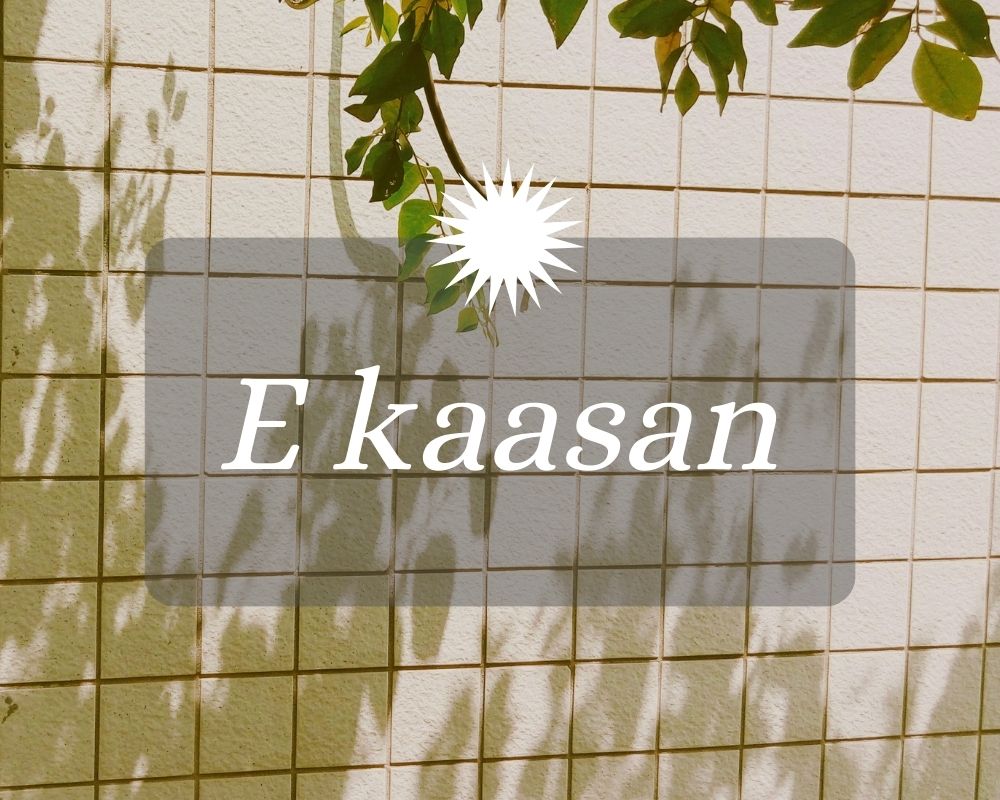
Zulu
- Sawubona

Amharic
- እንዴት አንቺ/አንተ (Ēnidēti anichi/Anite)

Hausa
- Barka da rana

Middle Eastern Languages
Arabic
- مساء الخير (Masā’ al-khayr)
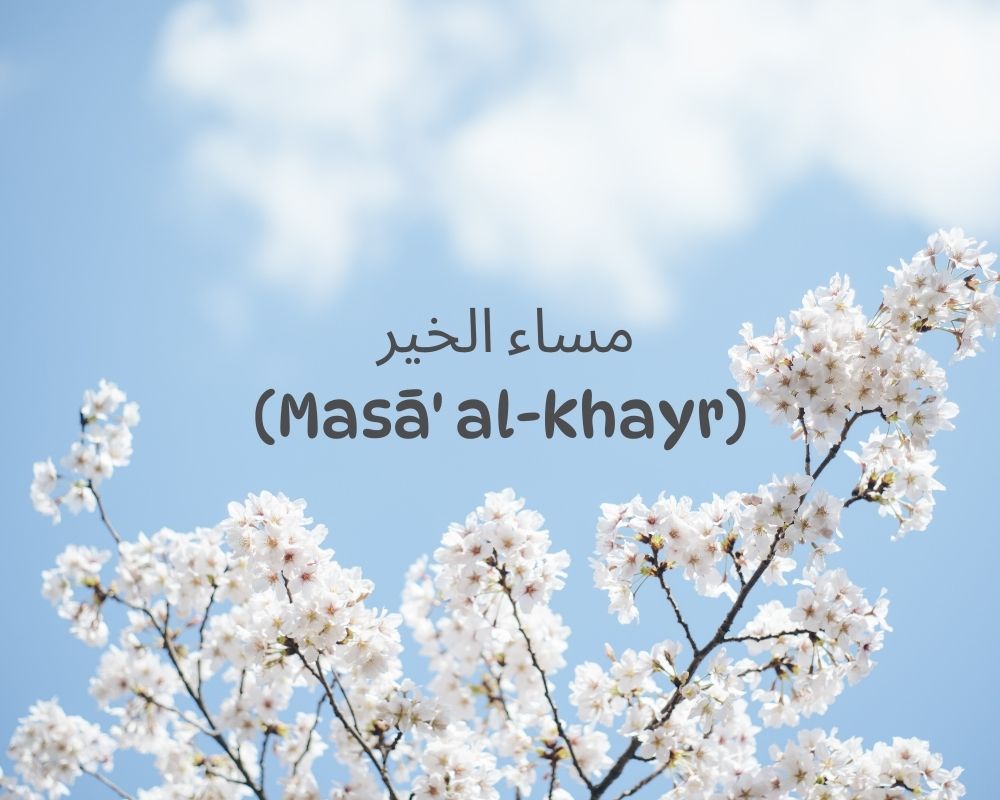
Hebrew
- צהריים טובים (Tzohorayim tovim)

Turkish
- İyi öğleden sonra

Persian
- عصر بخیر (Asr bekheir)

Kurdish
- Nîvroj baş
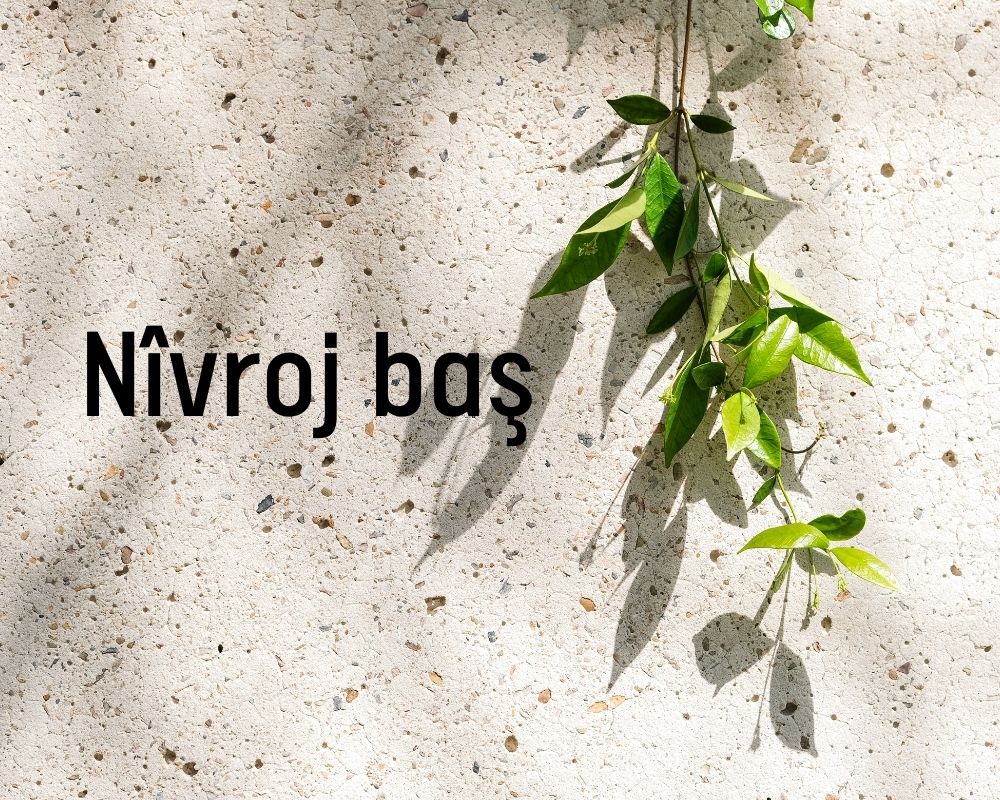
Indigenous and Rare Languages
Navajo
- Yá’át’ééh abíní
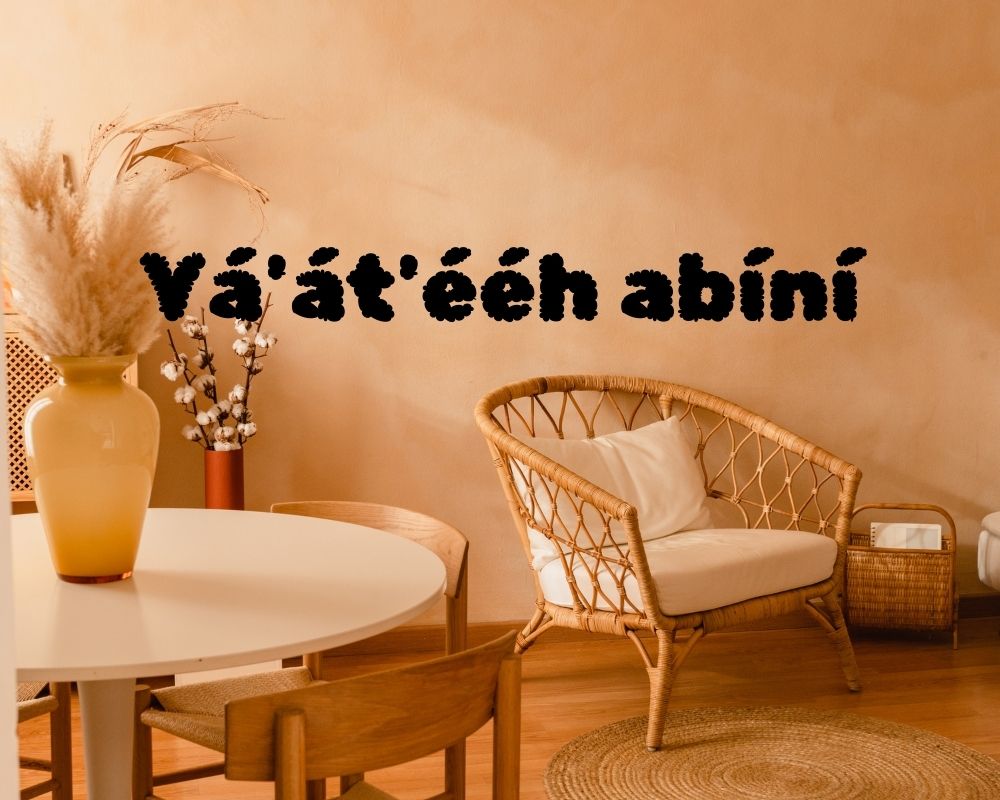
Maori
- Kia ora rā
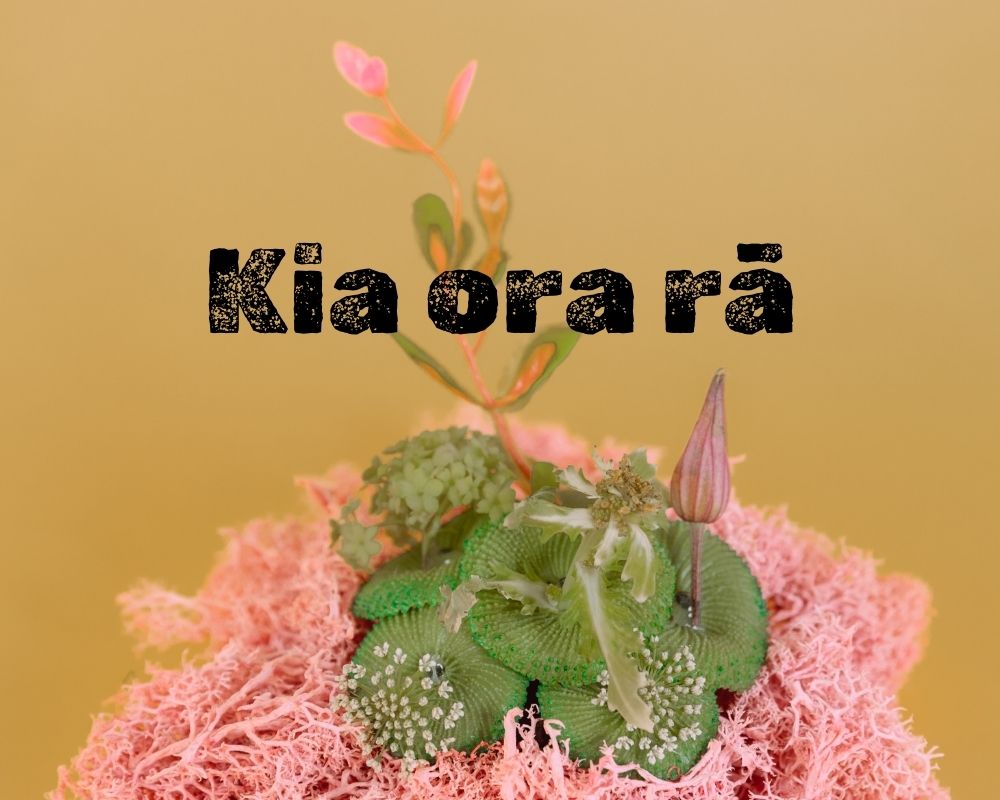
Basque
- Arratsalde on
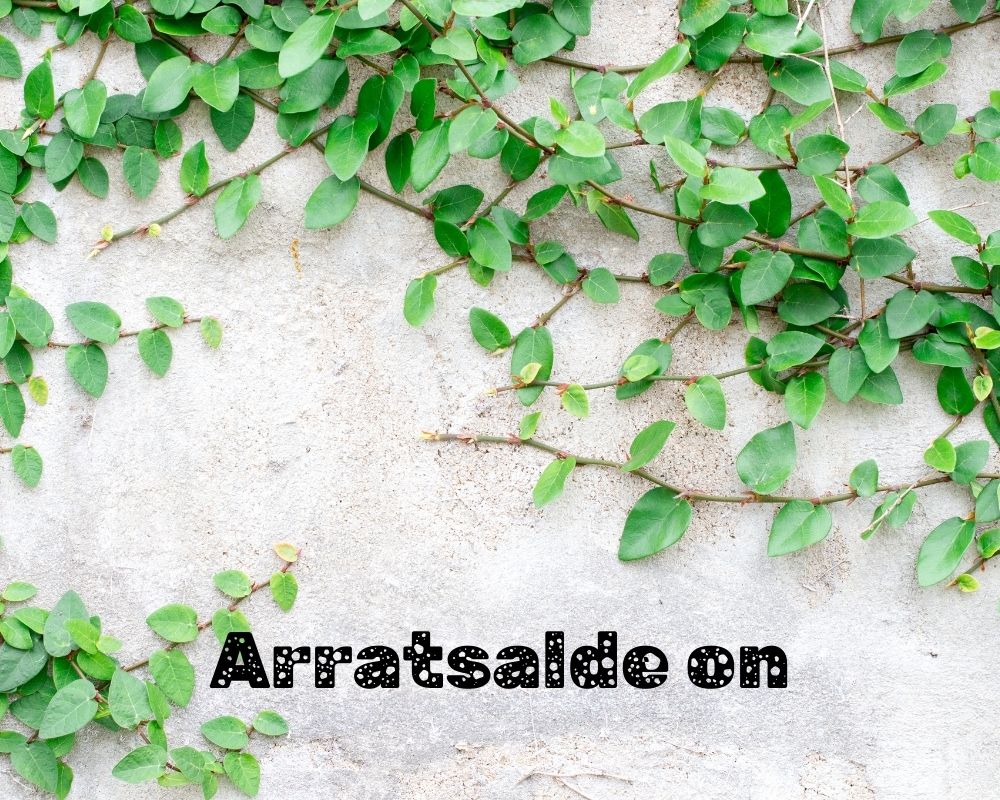
Welsh
- Prynhawn da

Hawaiian
- Aloha ʻauinalā
Practical Tips for Learning Greetings in Multiple Languages
Using Language Apps and Tools
There are many language learning apps and tools available that can help you practice and remember how to say “Good Afternoon” in various languages. Duolingo, Babbel, and Rosetta Stone are great options.
Practicing with Native Speakers
Engaging with native speakers can greatly improve your pronunciation and understanding of cultural nuances. Language exchange programs or social media platforms can facilitate these interactions.
Immersing Yourself in Different Cultures
Watching movies, listening to music, and reading books in different languages can help you get a feel for how greetings are used in context, making it easier to remember and use them correctly.
The Role of Greetings in Cultural Exchange
Breaking Down Cultural Barriers
Greetings are a universal way to show respect and kindness. Learning to greet someone in their language can help break down cultural barriers and foster mutual understanding.
Fostering Mutual Respect
Using someone’s native language shows that you value and respect their culture, which can lead to more meaningful and respectful interactions.
Promoting Global Harmony
By learning and using greetings from around the world, we can promote global harmony and understanding, celebrating the diversity that makes our world so vibrant.
Conclusion
Learning how to say “Good Afternoon” in over 100 languages is more than just a linguistic exercise; it’s a way to connect with people, show respect, and appreciate the rich tapestry of cultures that make up our world. Whether for travel, business, or personal growth, knowing these greetings can open doors and create opportunities for deeper connections.
FAQs
- Why is it important to learn greetings in different languages?
- Learning greetings in different languages shows respect and appreciation for other cultures, enhances communication skills, and helps build relationships.
- How can I practice saying “Good Afternoon” in different languages?
- Use language learning apps, practice with native speakers, and immerse yourself in different cultures through media and literature.
- What are some challenges in learning multiple languages?
- Challenges include pronunciation, remembering vocabulary, and understanding cultural contexts. Consistent practice and exposure can help overcome these challenges.
- How can knowing greetings in different languages help in travel?
- Knowing greetings can make travel more enjoyable by helping you connect with locals, show respect, and navigate new environments more comfortably.
- Where can I find resources to learn greetings in various languages?
- Resources include language learning apps, online courses, language exchange programs, and cultural immersion through media and literature.






